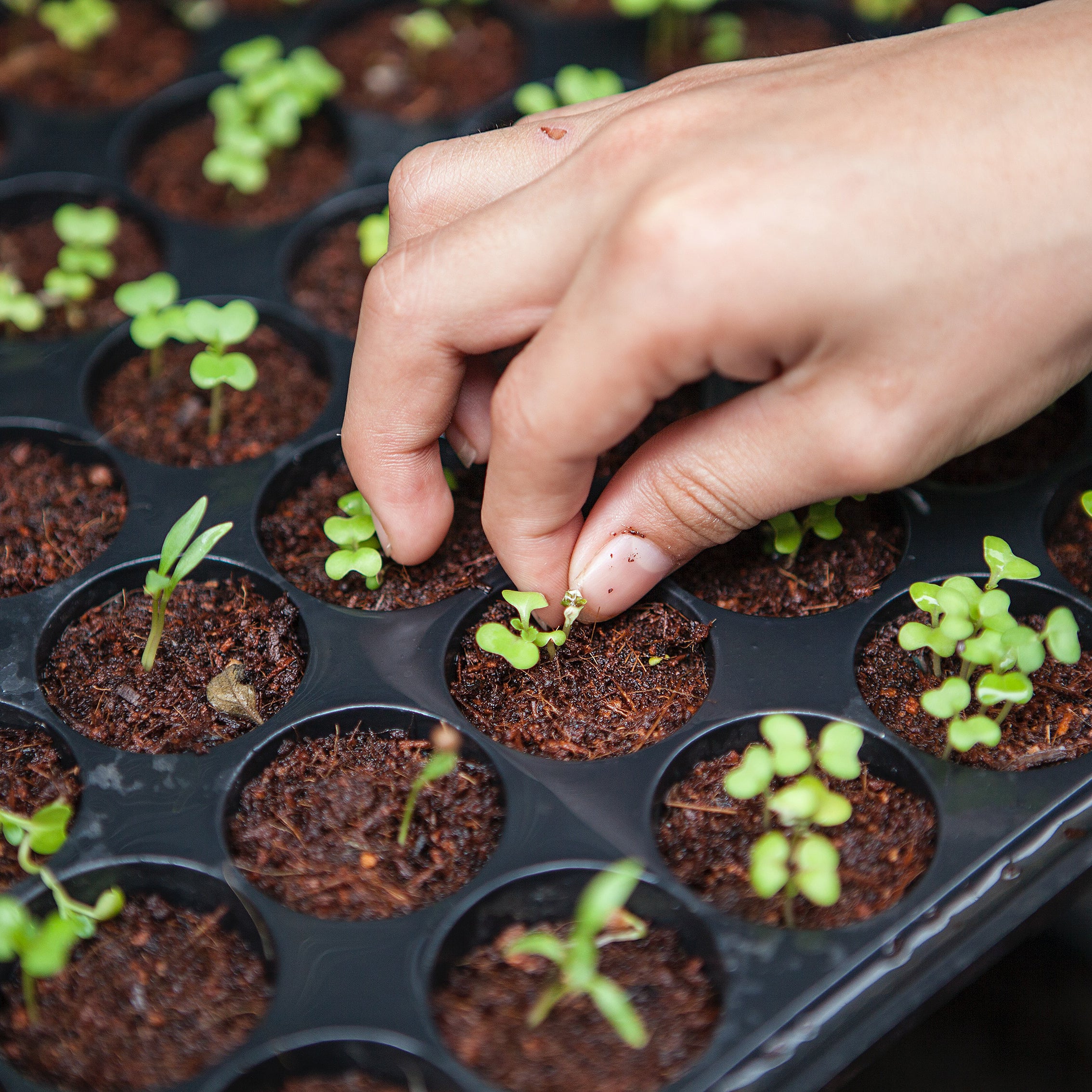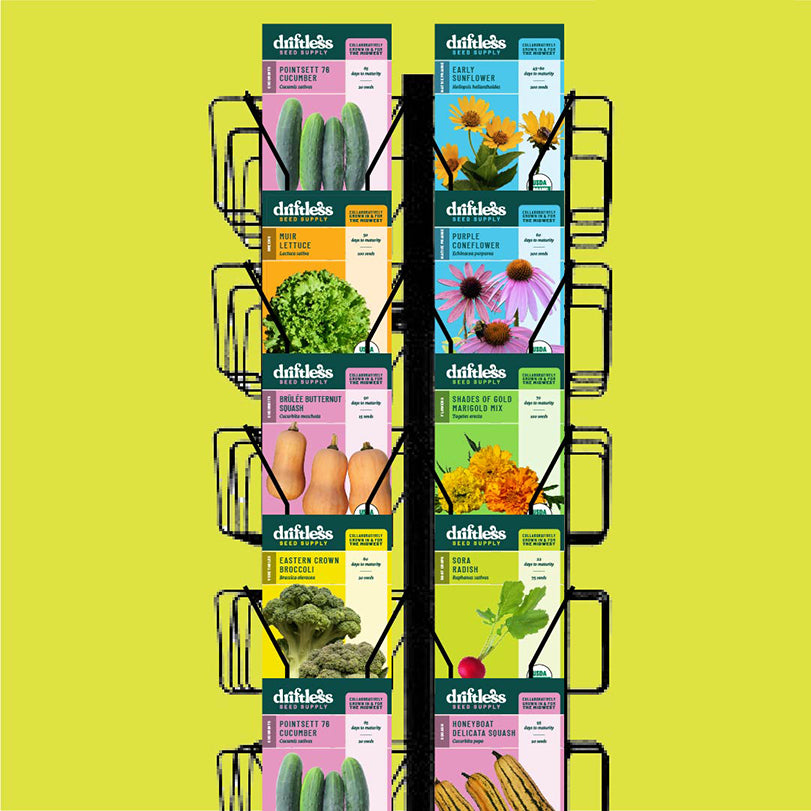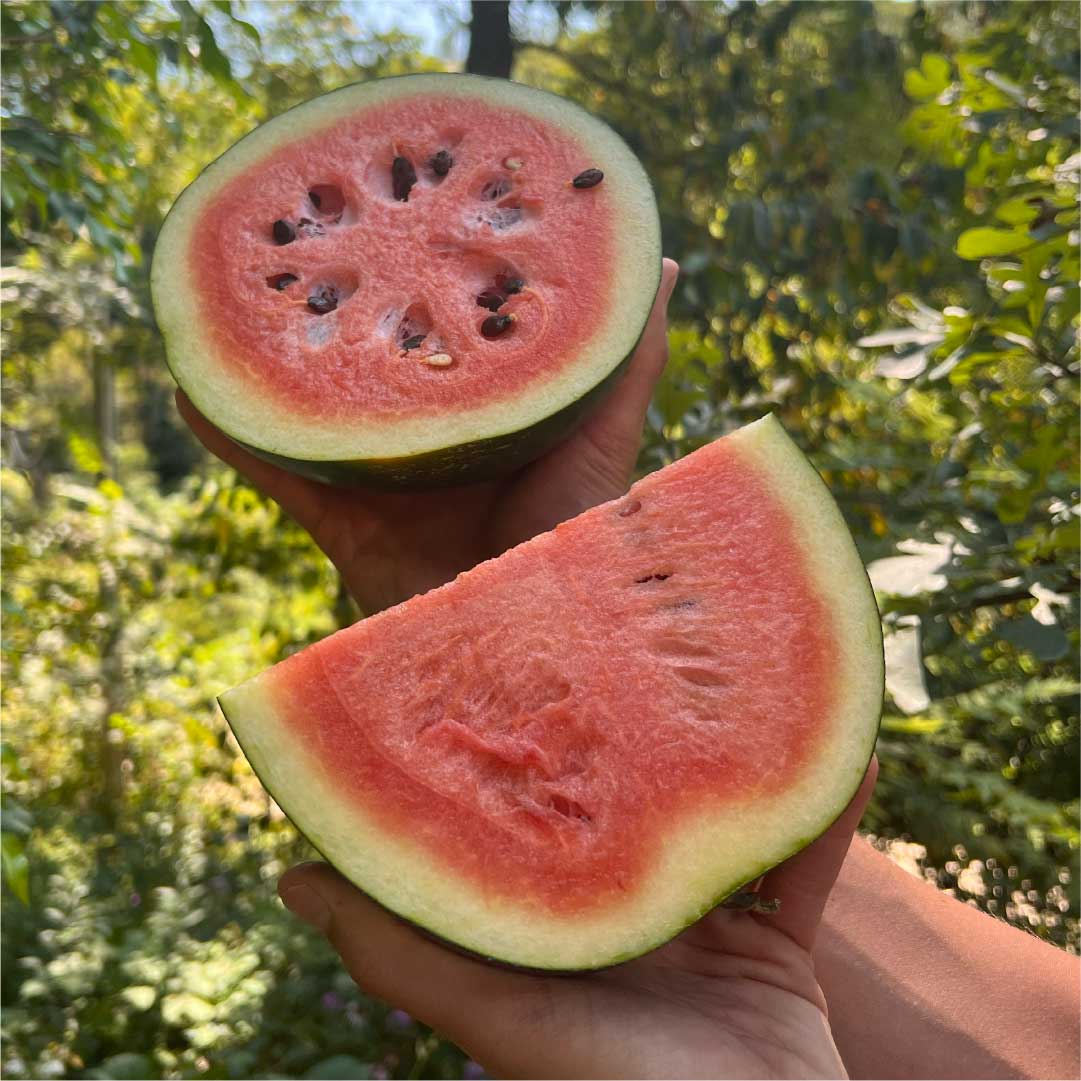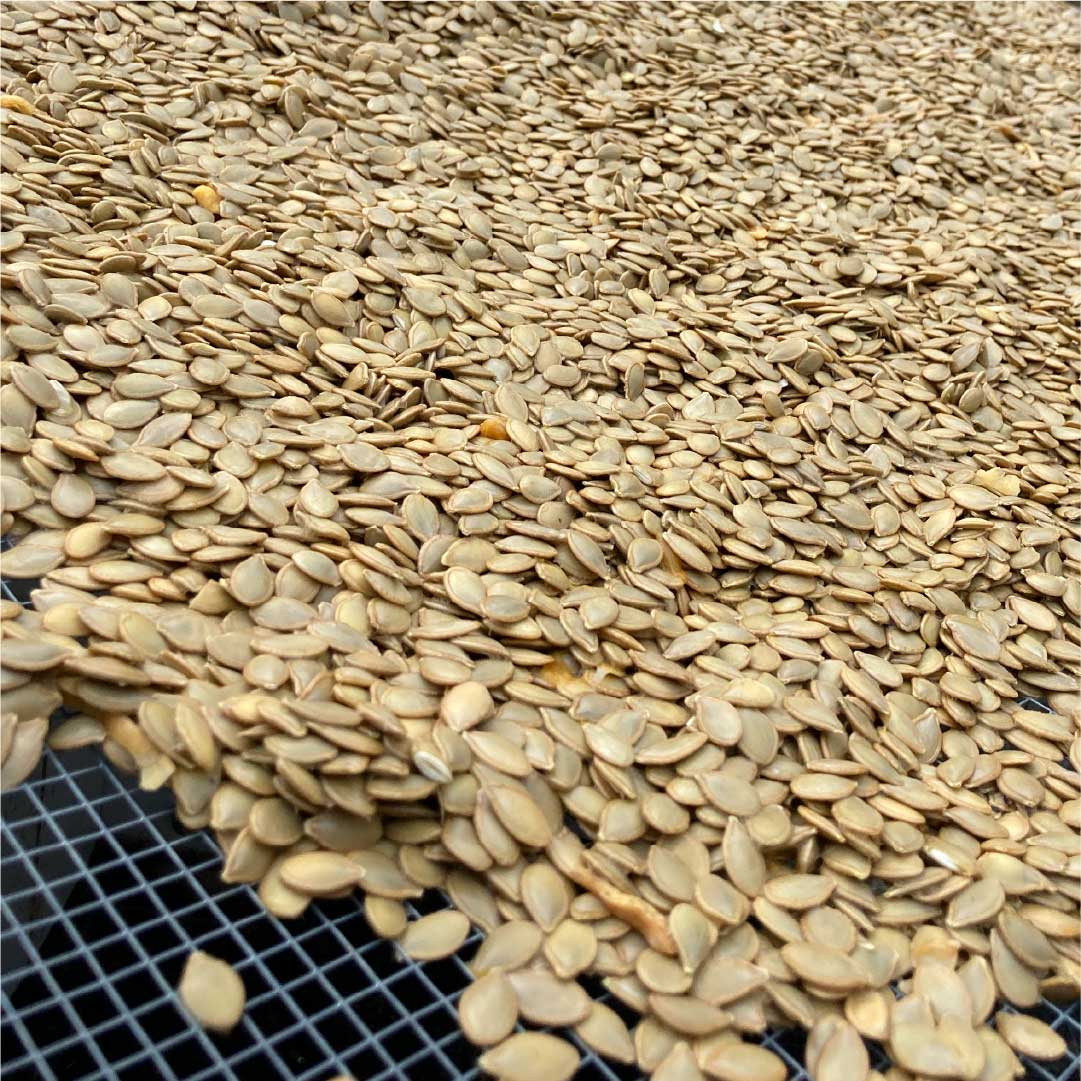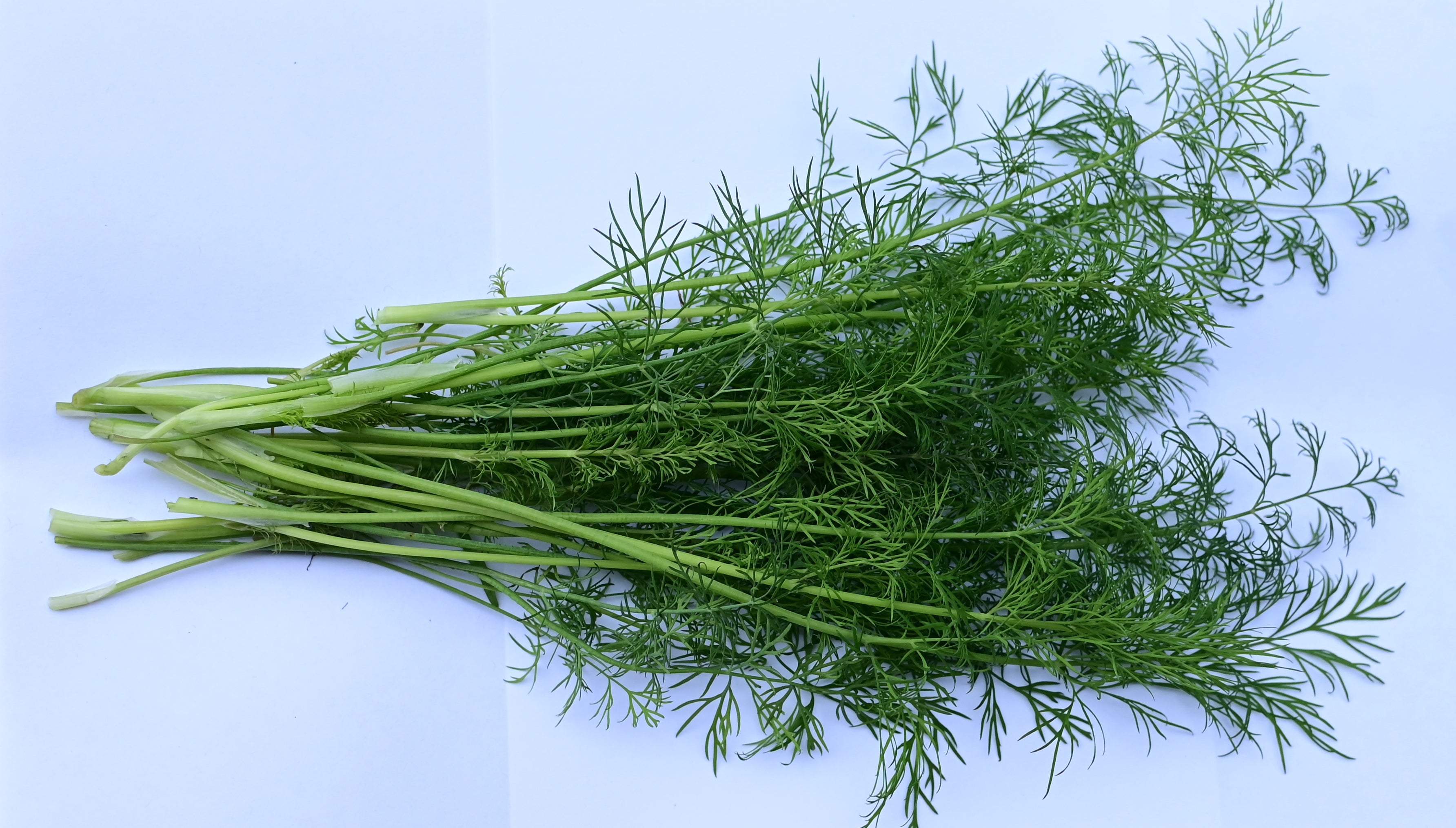
Driftless Seed Supply Grower Resources
Dill Growing Resources
Historical and Cultural Significance
Dill (Anethum graveolens) is a versatile herb used in various cuisines worldwide for its distinct flavor and fragrance. It’s known for its culinary uses, particularly in pickling, stews, soups, and dressings, and has been a staple in gardens due to its ease of growth.
Site Selection and Soil Preparation
- Soil Requirements: Dill thrives in well-draining soil with a pH between 5.8 and 6.5.
- Sunlight: Choose a location that receives at least 6-8 hours of sunlight daily.
- Soil Amendment: Amend the soil with compost or aged manure to improve drainage and fertility.
Planting: Timing, Spacing, and Depth
- Planting Depth: Sow dill seeds about 1/4 inch deep into the soil.
- Spacing: Space seeds about 2” apart when direct seeding, with rows at least 6” apart to facilitate airflow. If growing to flower or for seed, consider thinning to 8-12”.
- When to Plant: Dill can be planted directly in the garden from early spring. For a continuous harvest, sow seeds every few weeks throughout the growing season.
Watering and Fertilizing
- Watering: Water dill plants deeply once or twice a week, ensuring the soil remains consistently moist but not waterlogged.
- Fertilizing: Apply a balanced liquid fertilizer every 4-6 weeks during the growing season, or use other organic options like compost tea or fish emulsion.
Pest and Disease Management
- Common Pests: Watch out for aphids, spider mites, and caterpillars. Use insecticidal soap or neem oil for control.
- Disease Control: Dill may be susceptible to fungal diseases like powdery mildew. Ensure good air circulation and avoid overhead watering. Remove affected leaves to control the spread.
Harvesting
- Harvest Time: You can start harvesting dill when the plant has four to five leaves. Pinch off the leaves or cut them with scissors.
- Continuous Harvest: Regular pruning can promote bushier growth and prevent legginess. Harvesting can be done throughout the growing season, but dill will typically bolt in summer in the Midwest, so successive sowings throughout the season ensure you always have prime quality leaves for use as an herb - especially when the flood of cucumbers arrives and you are ready to do some pickling!
Special Considerations
- Companion Planting: Dill is a good companion plant for various vegetables as it attracts beneficial insects.
- Container Growing: Dill can be grown in pots or containers, with a recommended depth of at least 12 inches to accommodate its long taproot.
- Bolting: Be mindful that dill can bolt (flower prematurely) in hot conditions. Pinching off flowers can prolong leaf production.

